The Pitch Lake is located in southwest Trinidad in the village of La Brea. It’s the largest and most significant pitch lake in the world, measuring approximately one hundred acres (41 hectares), and is estimated to be 76 meters deep in the center. The liquid asphalt is black and viscous, but the surface is semisolid, and can be walked on. The asphalt is so soft in some areas that an individual can slowly sink if he or she stands on the surface too long. In some places one can put a stick through the asphalt and remove liquid tar. Although the lake appears quiescent the asphalt still moves with a natural slow "stirring" action. Not only can the flow lines be seen on the surface of the asphalt, but prehistoric trees and other objects have been known in the past to have appeared, disappeared and reappeared.
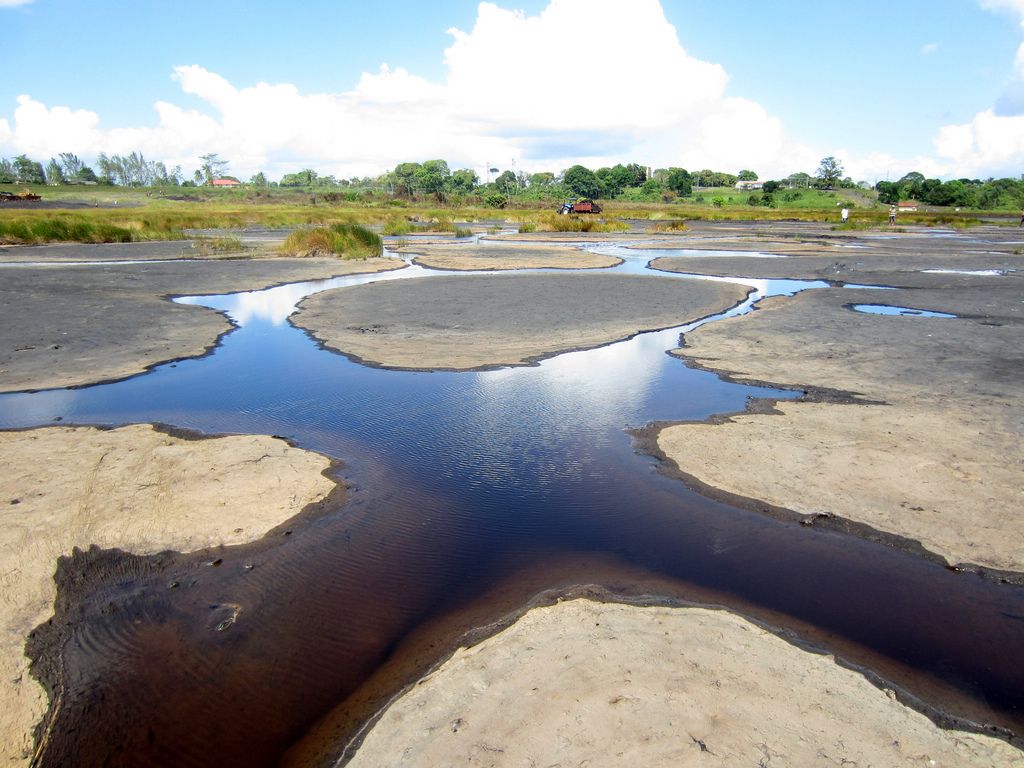
The lake was created thousands of years ago by the process of subduction, when the Caribbean continental plate was forced under another plate. This opened fault lines that allowed oil from deep underground deposits to rise to the surface, where it collected in a volcanic crater. The air caused lighter elements of the oil to evaporate, leaving behind the heavy asphalt, a mix of oil, clay and water.
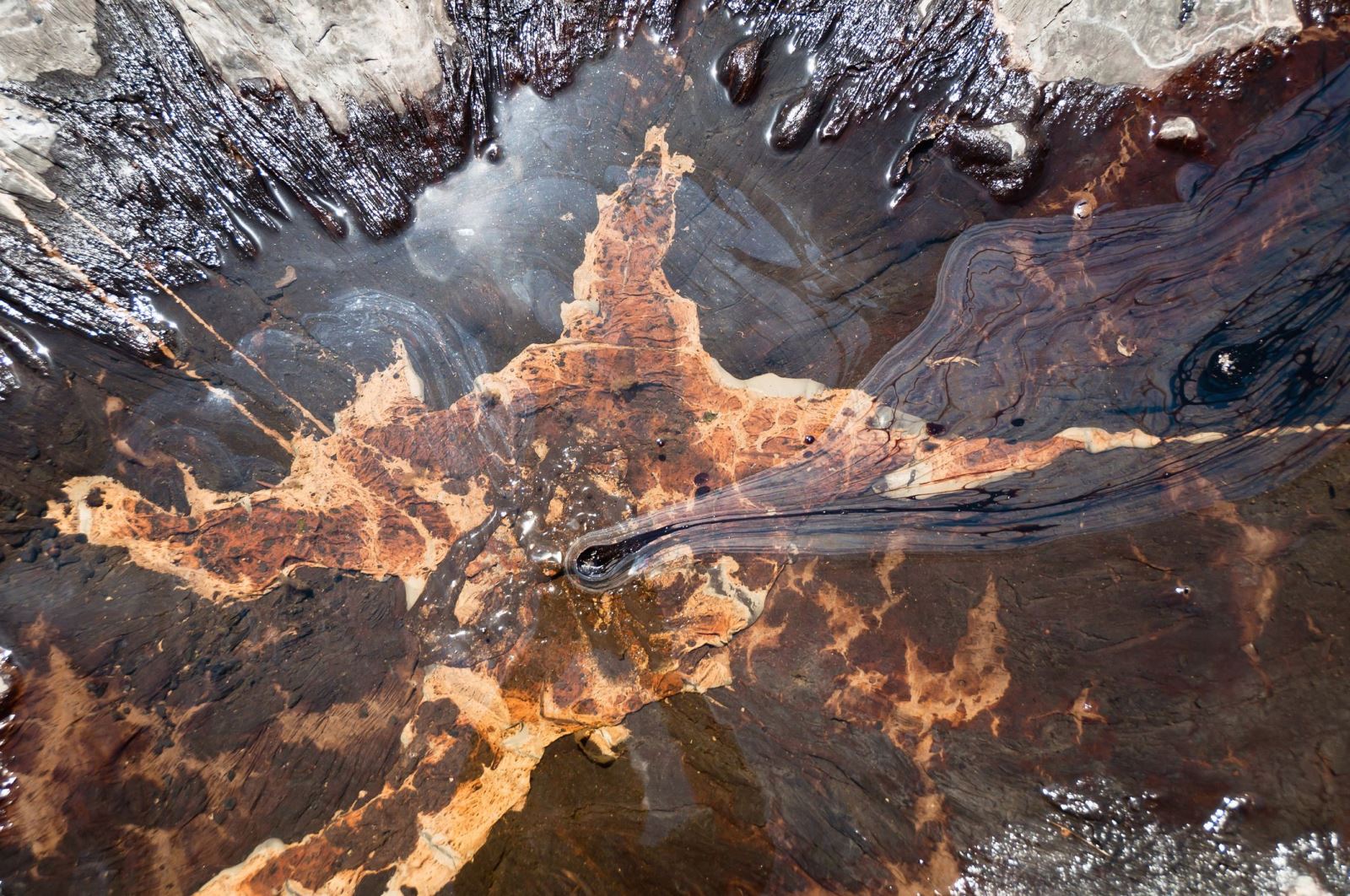
When Sir Walter Raleigh discovered the Pitch Lake in 1595, it was already known as the Tierra de Brea, it's Spanish name, by the Amerindians guides who introduced Sir Walter to the 100-acre lake of black gold. Sir Walter Raleigh immediately recognized the potential and began caulking his ships with the tar. On his second voyage to Trinidad, Sir Walter Raleigh took some of the asphalt home with him, where it was used to pave Westminster Bridge for the opening of Parliament. Unfortunately the raw pitch melted in the sun, as it has a tendency to do, covering horses hooves and gumming up carriage wheels.
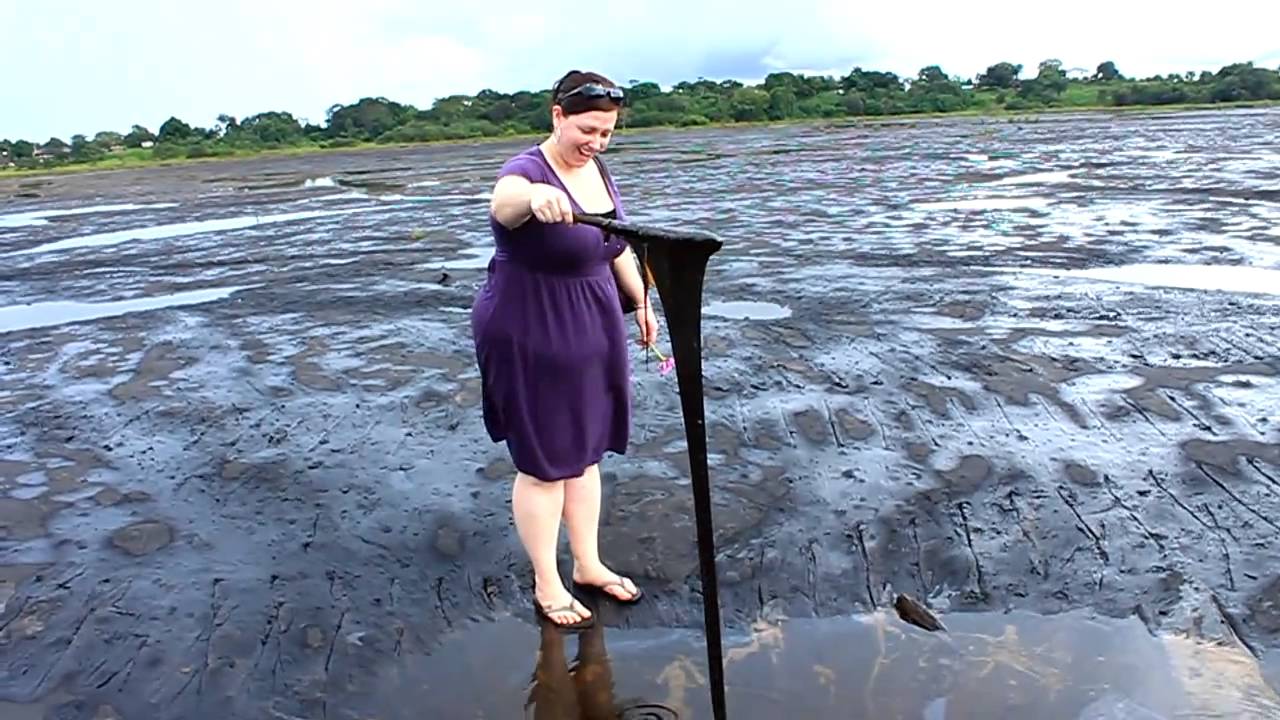
Mining of the lake started in 1867, and an estimated 10 million tons of asphalt has been extracted since. Tar from the La Brea Pitch Lake in Trinidad has been used to provide high grade road surfaces not only in Trinidad, Tobago and the other islands of the Caribbean, but it has also paved streets in over 50 countries including the United States of America, England, India, Singapore, Egypt, and even Japan. The lake is estimated to contain reserves of around 6 million tons, which would last 400 years at the current rate of extraction.
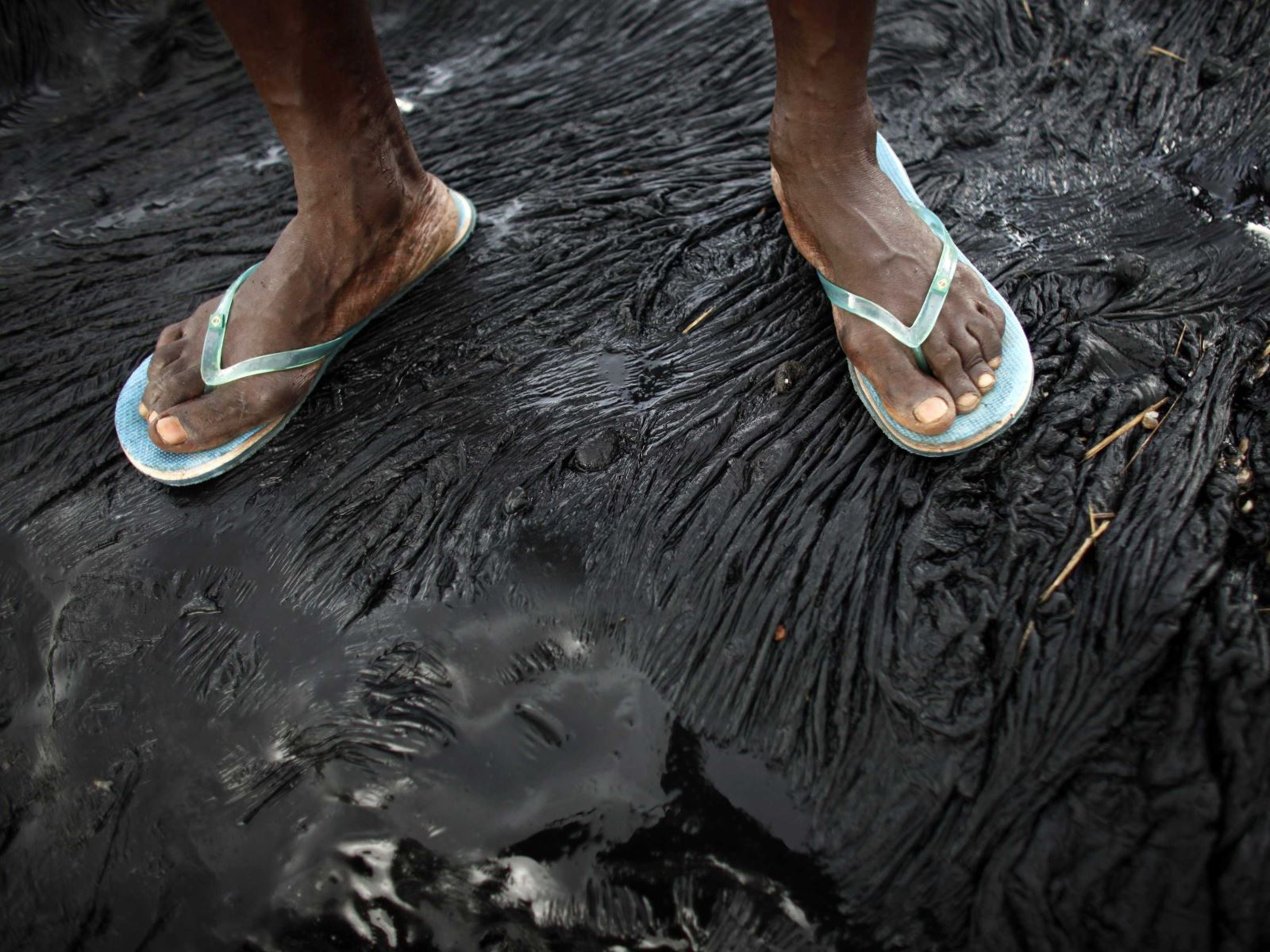
The La Brea Pitch Lake attracts about 20,000 visitors annually. People occasionally swim in the waters of the pitch lake which some say is therapeutic because of the sulphur content.
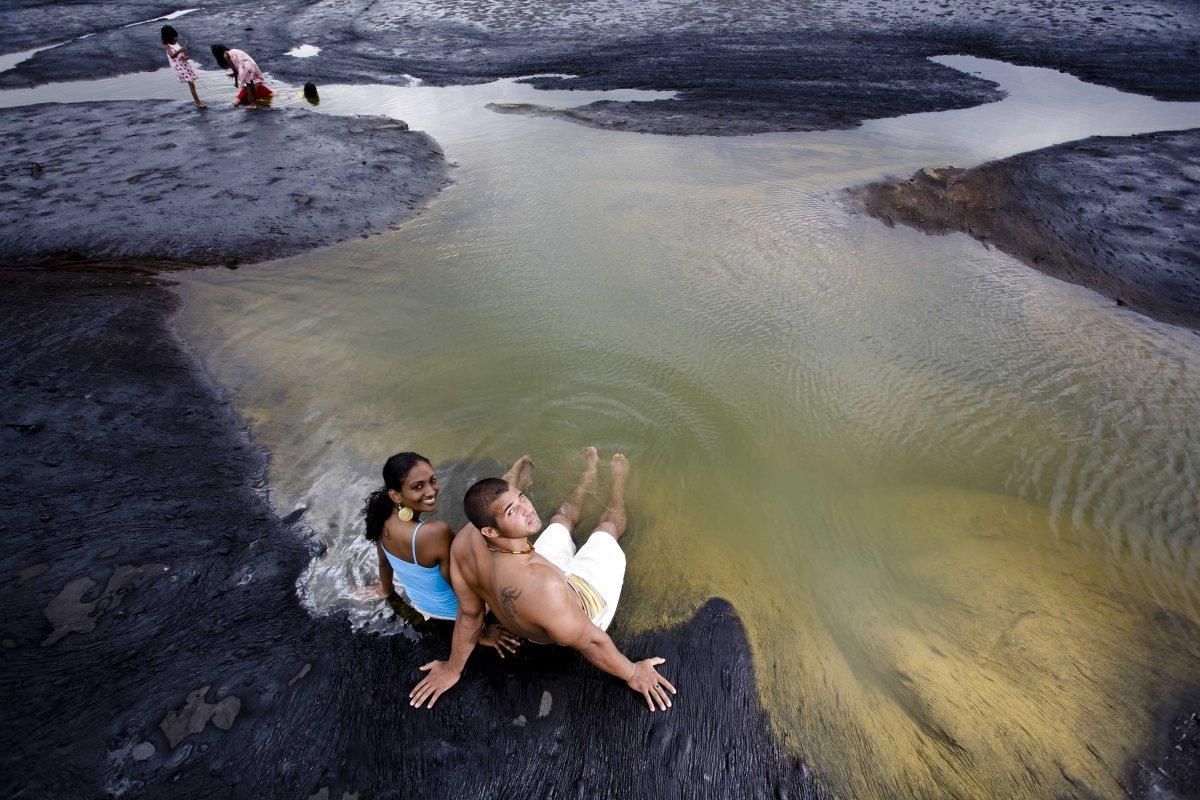
Apart from being a natural wonder, the lake has great social and economic value to residents of La Brea in particular and citizens of Trinidad and Tobago. However, its benefit is far reaching, including both to the Caribbean community and to other countries of the world.
According to amusingplanet











